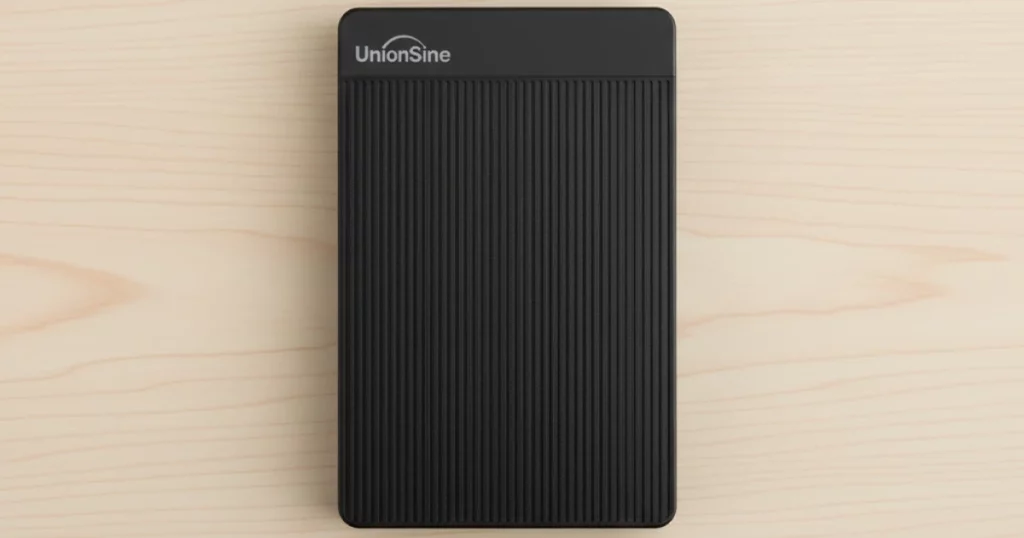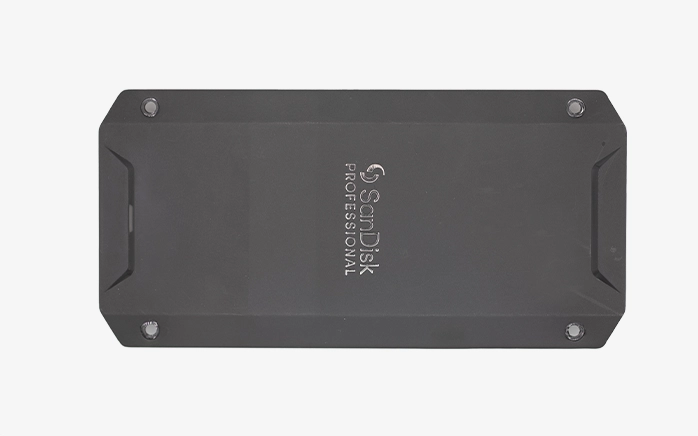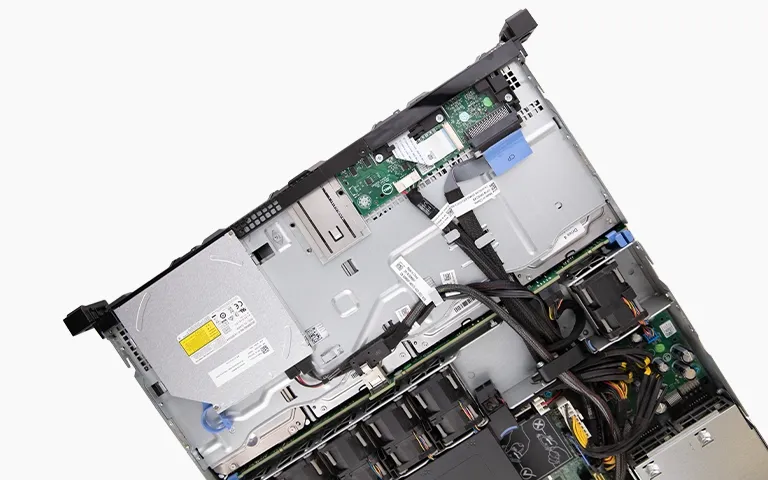Overview
RAID 5 is a commonly used configuration that balances storage capacity, performance, and redundancy. It can tolerate only one drive failure. If a second drive fails while the array is in a degraded state, the entire array becomes unreadable, leading to total data loss. In such scenarios, professional RAID 5 data recovery may be the only viable solution to retrieve critical information.
This article explains how PITS Data Recovery successfully recovered critical data from a failed RAID 5 array configured on a Mac Pro desktop workstation running macOS. We’ll walk through the recovery steps, explain the risks, and show why expert help is essential in these scenarios.

Understanding RAID 5 and Drive Failure Tolerance
RAID 5 distributes data and parity across all drives. When one drive fails, the array continues to function in a degraded mode by reconstructing data on-the-fly using parity.
⚠️ If two or more drives fail in a RAID 5 array, the system cannot reconstruct the lost data using parity alone. This results in complete data loss unless professional RAID data recovery methods are used.
RAID 5 Recovery Process on a Mac Pro After a Single Drive Failure
Step 1: Initial Assessment and Drive Diagnosis
The client contacted us regarding a Mac Pro recovery case involving a RAID 5 failure on their Mac Pro desktop. Our engineers confirmed that one out of four drives had failed. We performed diagnostics to:
- Identify the type and extent of the failure
- Evaluate the health of the remaining drives
- Confirm array configuration (stripe size, order, parity rotation)
This step is vital before attempting any rebuild, as incorrect assumptions can corrupt the array permanently.
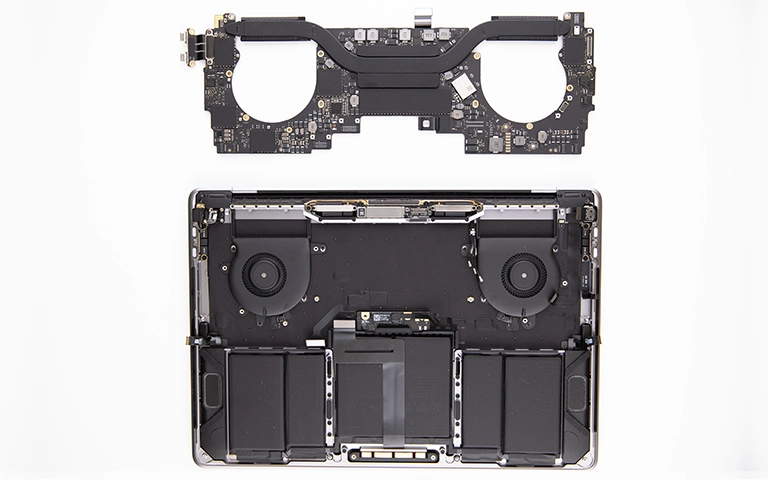
Step 2: Controlled RAID Rebuild Preparation
With only one failed disk, a rebuild was technically possible. However, our team took a safer approach by reconstructing the array virtually, outside of the Mac Pro system, to:
- Avoid stress on remaining disks
- Prevent automatic rebuilds that could overwrite critical data
- Reverse-engineer the parity structure with full control
If another drive had failed during this phase, recovery would have required more invasive techniques with no guarantee of success.
Your Data Security Is Our Priority
Data privacy isn’t optional. It’s our commitment. Our secure recovery process ensures your sensitive information stays protected from start to finish.
HIPAA Compliant
GDPR Compliant
Secure Facility
NDA Available
Trust in certified security. Start your recovery today! Call Now: 888.611.0737
Step 3: Targeted Data Extraction and File Recovery
We used cloned images of the healthy disks and parity calculations to extract and reconstruct the original file system. The process included:
- Emulating the RAID 5 structure in a virtual environment
- Extracting data while validating file structure integrity
- Recovering macOS-compatible volumes (HFS+, APFS)
This method enabled complete, clean recovery without risking the physical drives.
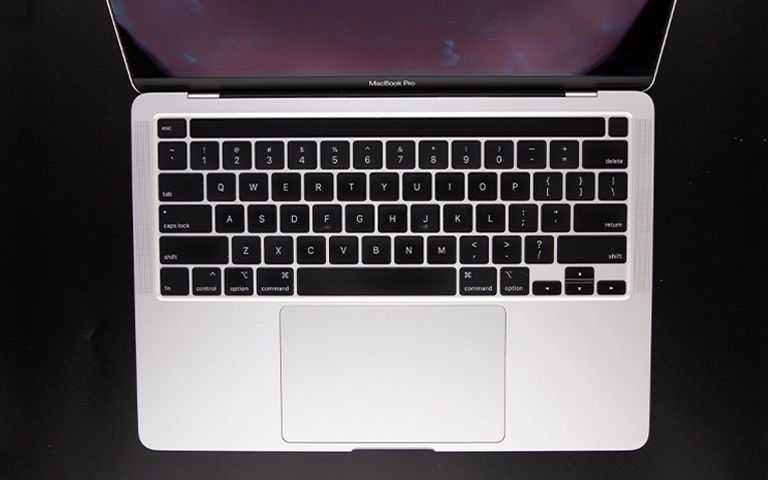
Step 4: Client Verification Session
After the recovery, we conducted a remote session allowing the client to:
- Browse recovered files
- Confirm data completeness and accuracy
- Approve recovery before delivery
This transparent process ensures the client knows exactly what has been recovered.
Step 5: Final Secure Delivery
The verified data was transferred to a new encrypted external drive. Our delivery process included:
- Hardware encryption
- File integrity verification
- Safe packaging and shipping options
This ensures that the recovered data remains secure and ready for immediate use.
Get a Free Consultation.
Our recovery experts are ready to assess your device and guide you through the safest path to recovery. Fill out the form to get started.
"*" indicates required fields
Why Two Drive Failures in RAID 5 Are Catastrophic
RAID 5 is designed to tolerate only one drive failure. If two drives fail:
- The array loses both data and parity for some blocks
- No parity calculation can reconstruct missing information
- File system metadata is lost and inaccessible
- DIY rebuild attempts often overwrite remaining good data
RAID 5 is not a substitute for proper backups, and recovery after dual-disk failure is complex and expensive.
Benefits of Choosing PITS Data Recovery
- 100% success rate in this RAID 5 Mac Pro case
- Proprietary RAID simulation and parity repair tools
- Secure client verification before delivery
- Experience with RAID 0, 1, 5, 6, 10, 50, hybrid arrays
- Data encryption, privacy, and 24/7 expert support
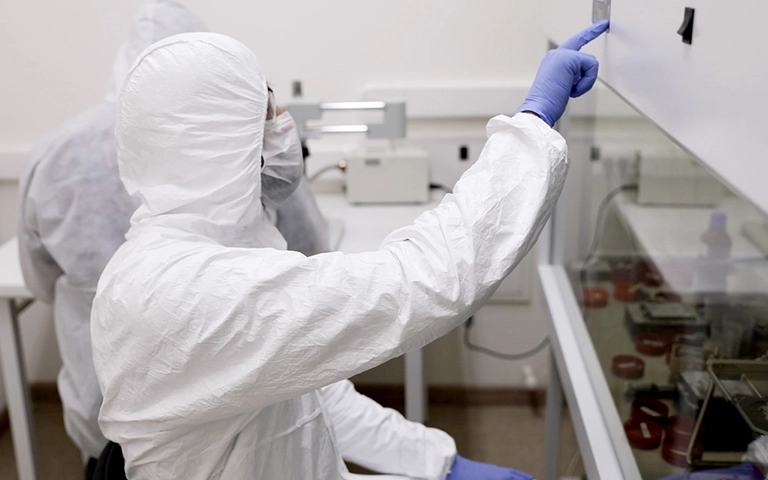
Frequently Asked Questions
How many drives can fail in RAID 5 before data is lost?
How does PITS rebuild a RAID 5 array safely?
Can RAID 5 be rebuilt after two drives fail?
Why is verification important after recovery?
Do you recover other RAID configurations?
Watch what our customer saying
Don't Let Data Loss Ruin Your Business
Minimize business disruption. We retrieve lost data fast, so you can focus on what matters.

